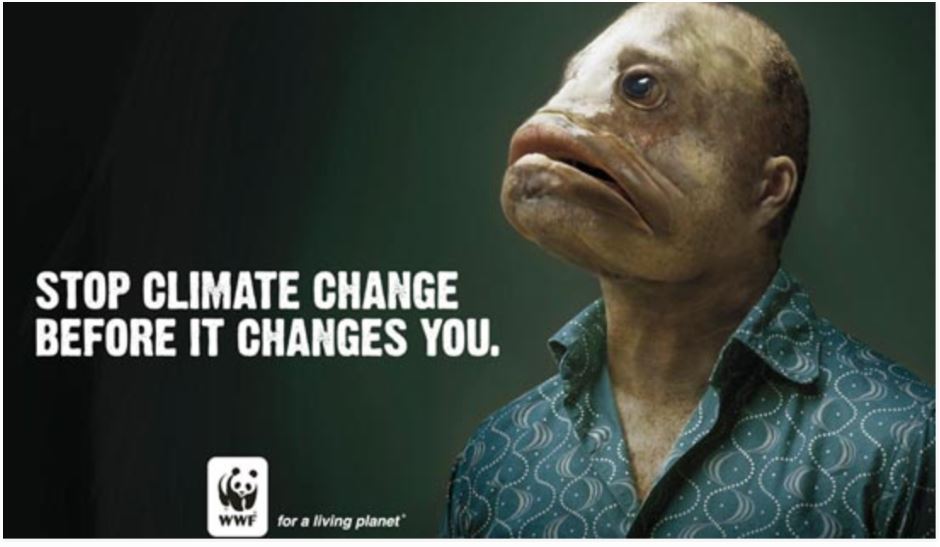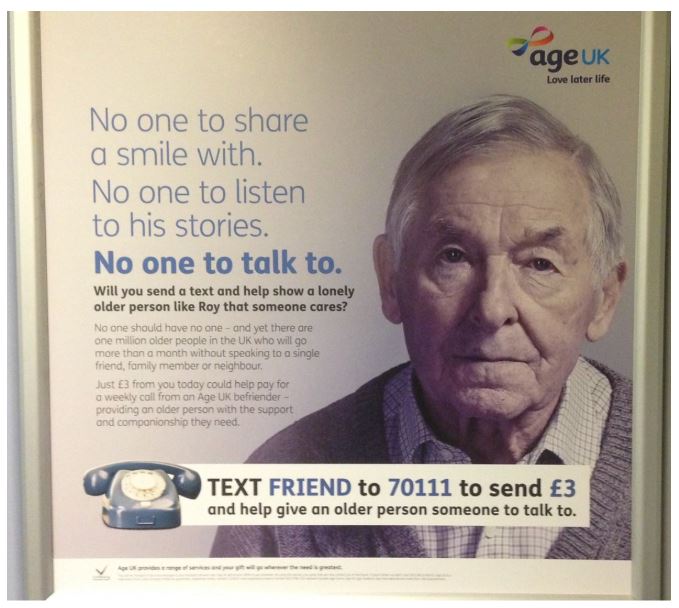A word is like a chrysalis.
It can be beautiful in its fragility. But with powerful and transformative capabilities.
As copywriters, we take words and direct them in a strategically choreographed dance of art and science.
And if we nurture the process, a beautiful butterfly (no scary moths please) emerges.
It’s so eye-catching and tempting that you want to follow it.
But does that mean that all our copywriting has to be sweetness and light?
Do we have to use words that evoke the equivalent positivity of a butterfly?
Where do negative words fit in?
The answer is, negative words play an important role in the art and science dance.
Allow me to explain…
WHAT EXACTLY IS A “NEGATIVE TONE”?
Imagine you’re going on a night out.
(I know you have to dig deep into your memory at this point in time).
You’re beyond excited. You’ve just been paid. And you’re feeling and looking fresh.
“Bye” you shout to your boyfriend/girlfriend/Mum/Dad/housemate/cat.
“See ya! Don’t drink too much!” they call after your rapidly deflating self.
Why did they rain on my parade? You think to yourself.
Now, had they said “drink responsibly” that might have had a better effect.
Why? It’s all to do with positive and negative wording and framing.
Let’s get a bit science-y for a minute.
According to Andrew Newberg, M.D. and Mark Robert Waldman, words can literally change your brain.
In their book, Words Can Change Your Brain, they write: “a single word has the power to influence the expression of genes that regulate physical and emotional stress.”
Essentially, the science shows that words such as ‘peace’ and ‘love’ can alter the expression of genes, strengthening areas in our frontal lobes and promoting the brain’s cognitive functioning.
Likewise, hostile language can disrupt specific genes that play a role in the production of neurochemicals that protect us from stress.
In fact, a single negative word can increase the activity in our amygdala, which is the fear epicentre of the brain.
This releases a ton of stress-producing hormones and neurotransmitters and shuts down our logic and reasoning centres.
Eek.
Ok, enough science stuff.
How does this translate to copywriting?
INTRODUCING…THE FEAR
Let’s get one thing straight: you don’t want to stress your customers out.
We also don’t want to actually scare them. Unless you’re writing copy for a horror film advert.
But you can use negative wording and framing to evoke a copywriting trick we like to use called The Fear.
If we’re threatened, we’re moved into action.
If we’re worried, it motivates us to find a solution.
I’m talking about the subtle fears. Fears of missing out. Fears of not being successful. Fears of not looking our best at the party of the year.
These fears are palpable. They’re real. They affect the amygdala and they motivate us to make decisions to rectify that intense fearful feeling.
What does an effective fear-oriented message consist of?
-
- The threat has to be moderate to high. There’s no point in it being low risk so the reader doesn’t care if it happens or not.
- The reader has to feel that they are personally at risk. If it’s not likely to impact them they won’t take notice.
- The reader needs to believe preventative action is simple. This is the part where you show you’re the solution to their problem. Their escape route from their fear.
Let’s look at it in more detail.
Fear of Missing Out
You’ll probably know this one as FOMO. It’s the feeling you get when your mates go out and you couldn’t go.
But dictionary.com defines it as “a feeling of anxiety or insecurity over the possibility of missing out on something, as an event or an opportunity.”
And you can use this in your copy to provoke action, with tactics like:
- Members-only
- Login required
- Invitation only
- Become an insider
- Get it before everyone else
Let’s look at it in action with retail giant, Amazon.
‘Only two more left in stock’ evokes a feeling of scarcity. And it’s essentially a negative framing of the message. ‘An abundance of products remain’ would use positive language, but it wouldn’t have the same effect of ‘gimme, I want it’.
THE LANGUAGE OF ANGER
Anger is an underused emotion in copy. And you can see why.
It’s a careful balancing act, which mainly works in ‘cause related’ marketing.
Let’s take a look at this (pretty gross) example from WWF.
Here, they’re merging fear and anger to provoke a reaction.
‘Stop’ and ‘change’ are two action words that create an immediate response in our minds.
Rationally you know you’re probably not likely to end up with a fish head. But, the words filter into your brain and cause you to act.
So, how do you do it?
You need to use negative trigger words.
Here’s a snapshot to get you started:
- Can’t
- Won’t
- Don’t
- Tired
- Alarmed
- Panic
- Severe
- Shocking
- Frustration
- Control
- Uncomfortable
These words are likely to provoke a feeling of anger. Although, don’t think that these trigger words will do all the work for you.
They’re only one part of the mix.
The most important thing to remember is to always provide the reader with a solution.
If you’re going to provoke anger, present the solution to the reader.
Here’s an example of this in action from Age UK.
You can see the repetition of ‘no-one’ builds to create anger that this man is ‘lonely’.
The use of the negative word ‘without’ adds to our feeling of anger at the situation.
However, you’re then told you can help. There is a solution. And you’re in control of making that decision.
HOW TO UNIFY THE EFFECT
If you start throwing out emotions, fears and anger all over the place you’re going to confuse your readers and make them switch off.
Don’t bombard them with a heap of negative words and framing.
Remember, a copywriter’s role is to carefully choreograph the dance of fragility and power.
Check out this About Page from pharmacy Capsule.
Take note of the word ‘alarmed’ here.
This is a perfect example of unification between negative and positive copy.
‘Sonia cares. Don’t be alarmed’. It’s intriguing and your brain will be craving the resolution to know why you would need to be alarmed in the first place. And also how Sonia can help.
It drives you to want to feel safe.
Clever, right?
KEY TAKEAWAYS
Here are some key rules of thumb to follow when using negative tone words in your copy.
- Know your audience’s pain points. You need to truly understand who you’re talking to and use their emotions to steer your copy. There’s no point in creating copy around random fear-based scenarios that won’t resonate. To do this, you need to carry out a thorough customer analysis. Here’s a handy guide from Hootsuite to talk you through it step by step.
- Prioritise the fears. Make sure you list the fears out in order of impact, as you don’t want to waste time writing a ton of copy that won’t have the desired effect.
- Be subtle. You want to express urgency, but you don’t want to hit them over the head with a sledgehammer. For example, say you were writing for an anti-virus software company, you wouldn’t go in for the jugular saying: ‘Hackers are going to steal all of your company’s information if you don’t act now’. That would scare them off. It would be far more effective to say something along the lines of: ‘You never know if someone’s trying to steal your company’s information…’ etc.
And above all, remember that you’re not trying to terrify your customers. You don’t want to make them angry beyond belief. You don’t even want to make them feel awful that they’re missing out (remember your angsty teen years).
The point is to use negative words to get your point across. Copywriting isn’t all sweetness and light. And a solution does most likely solve a negative problem.
Good luck!
Ella x



